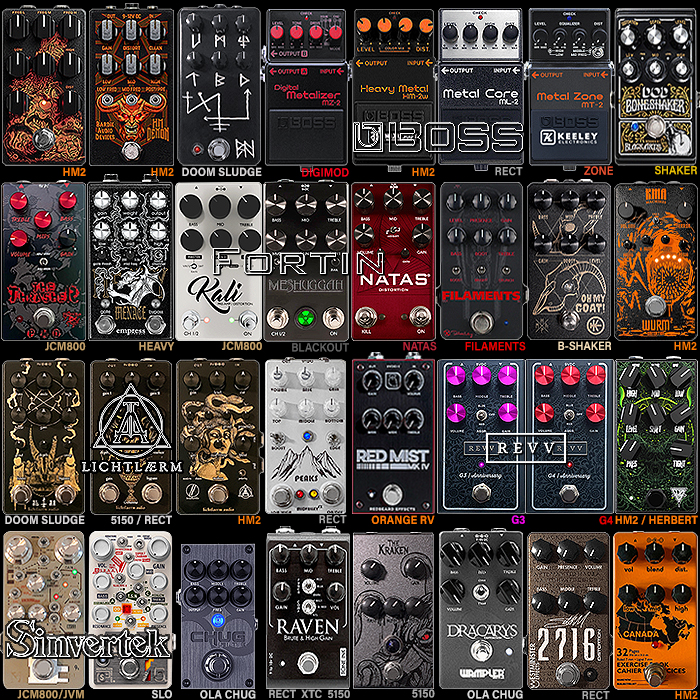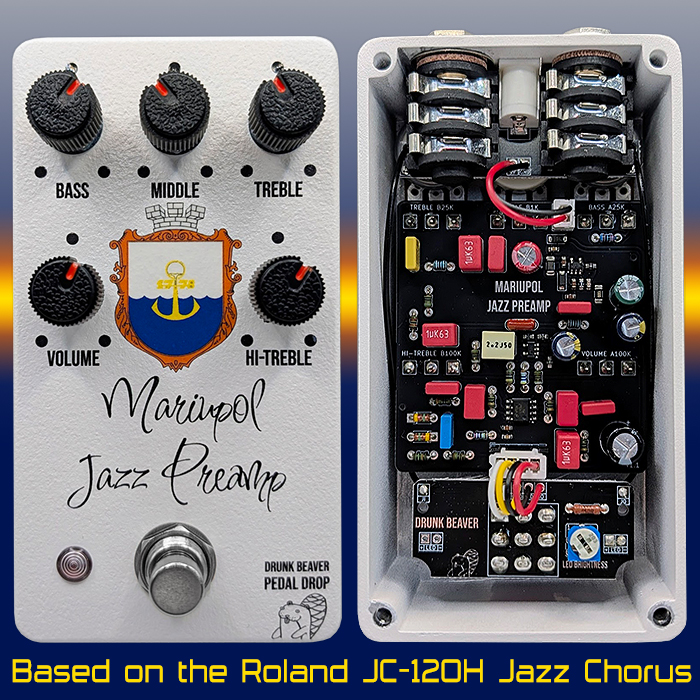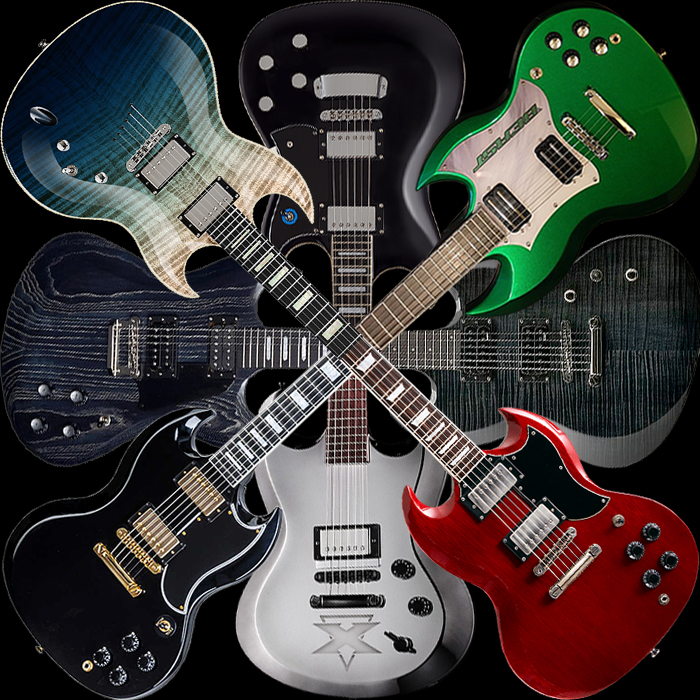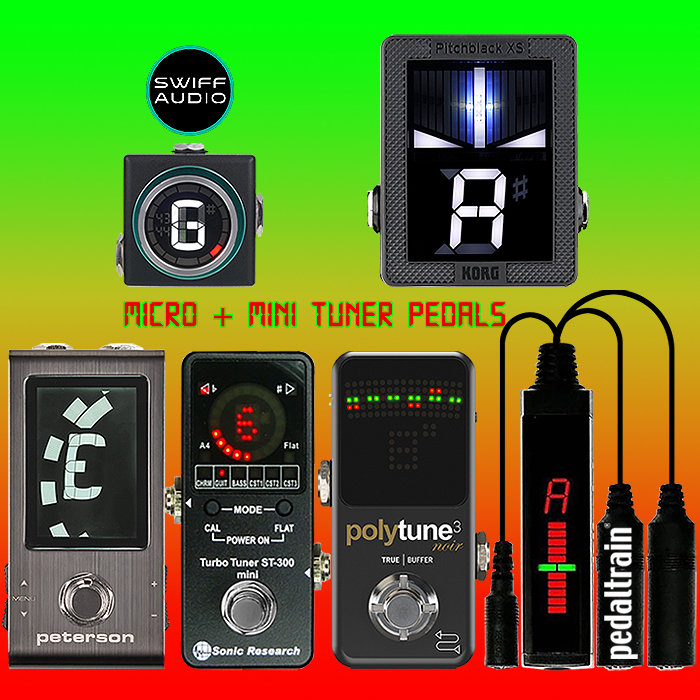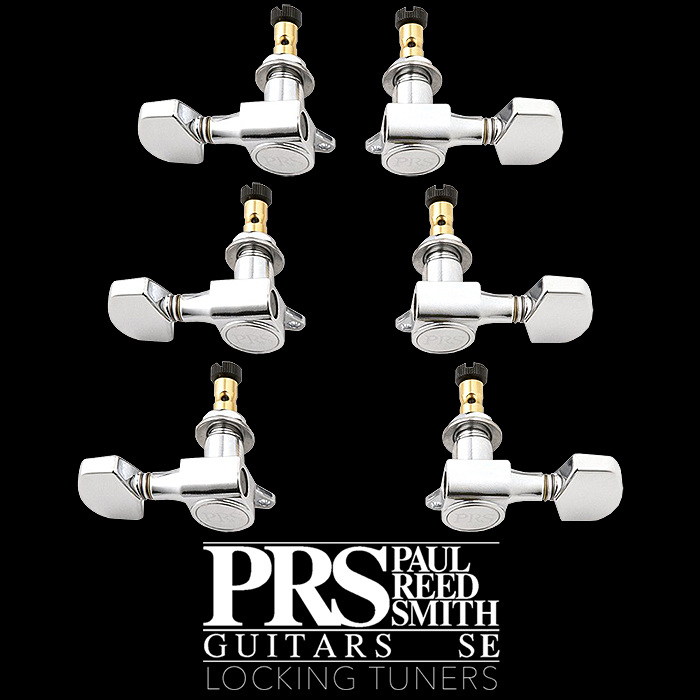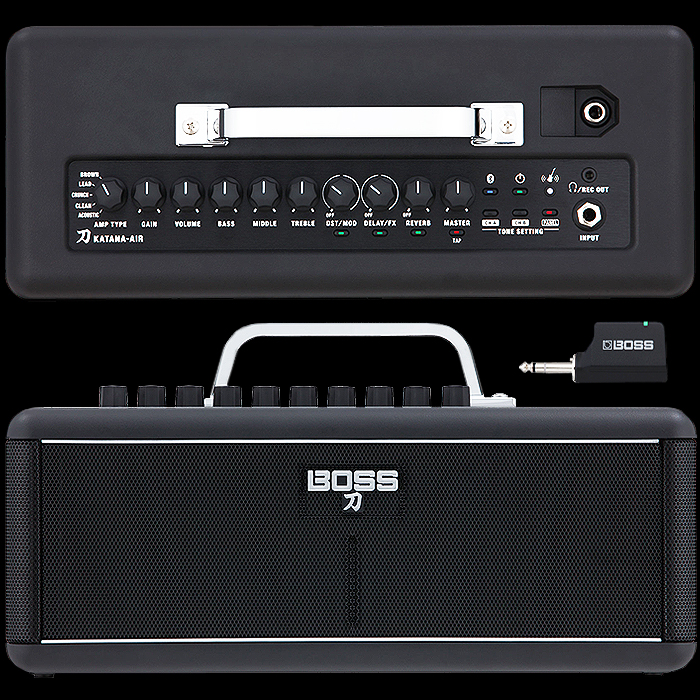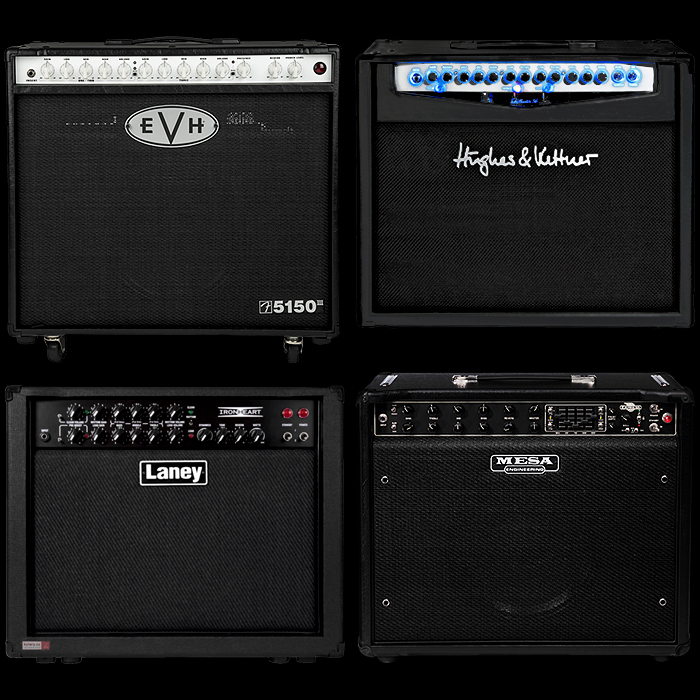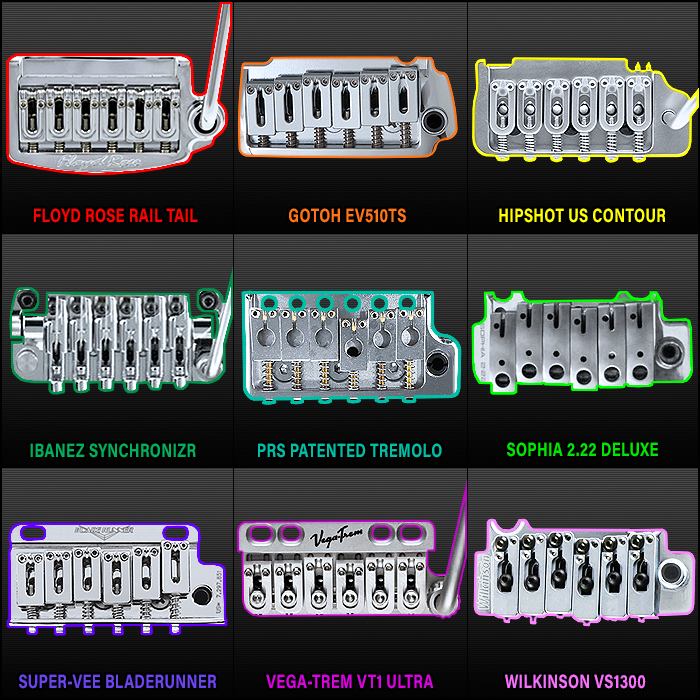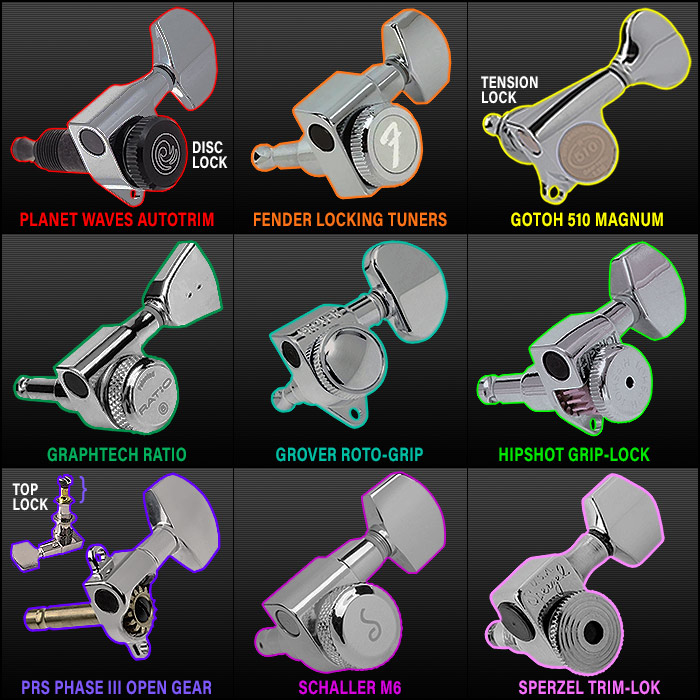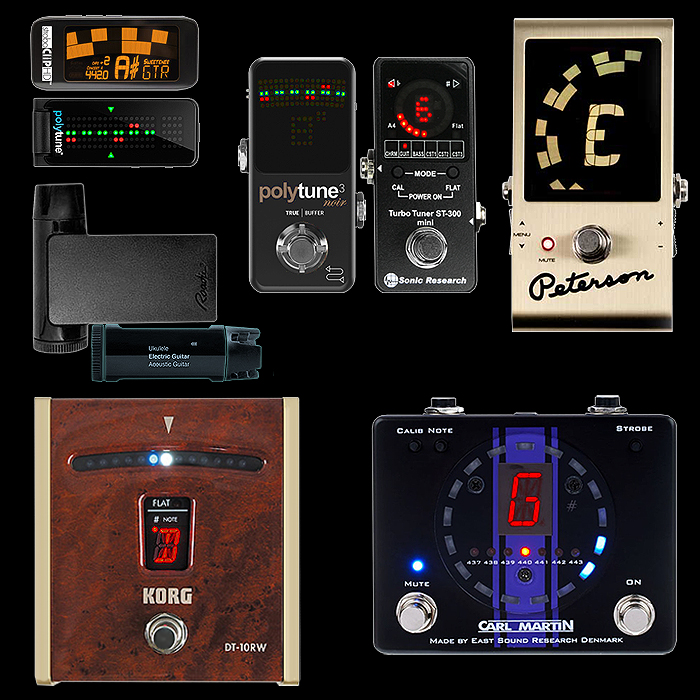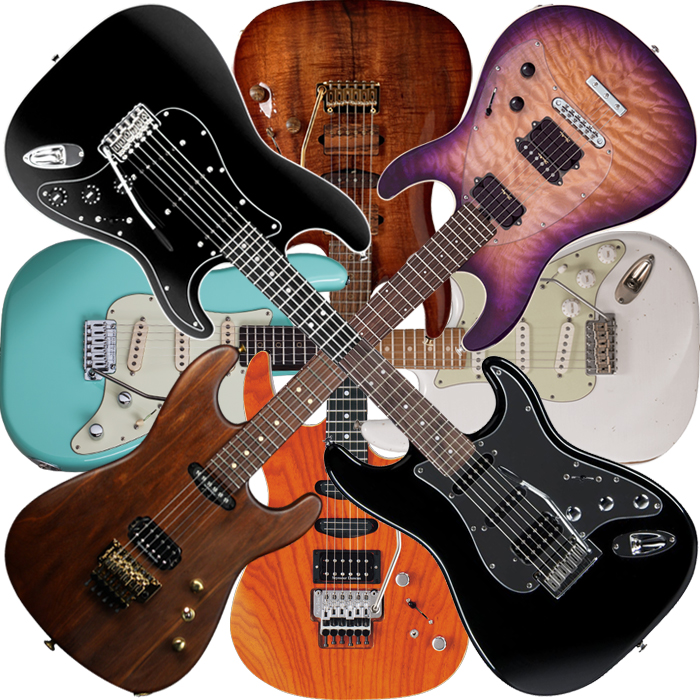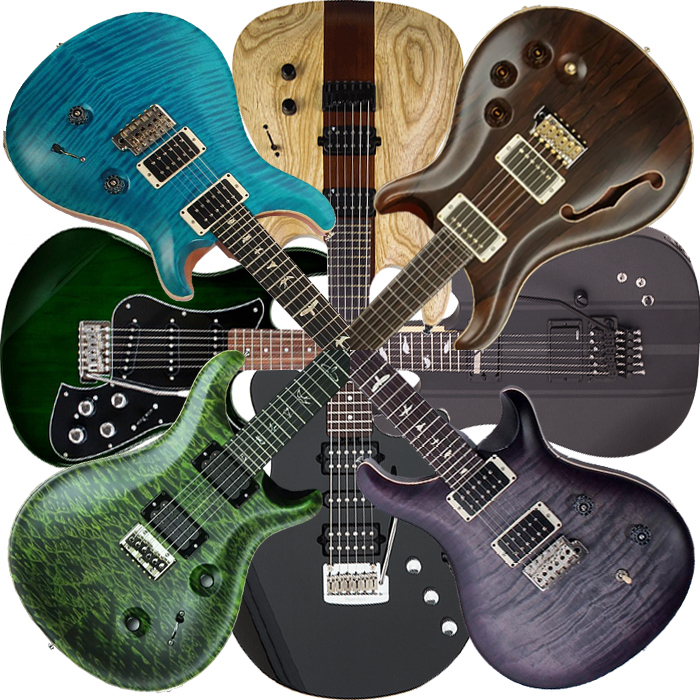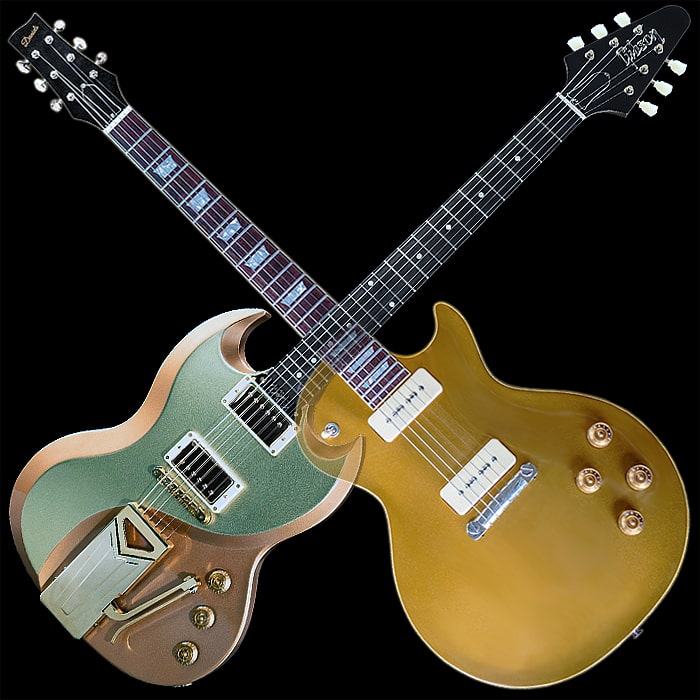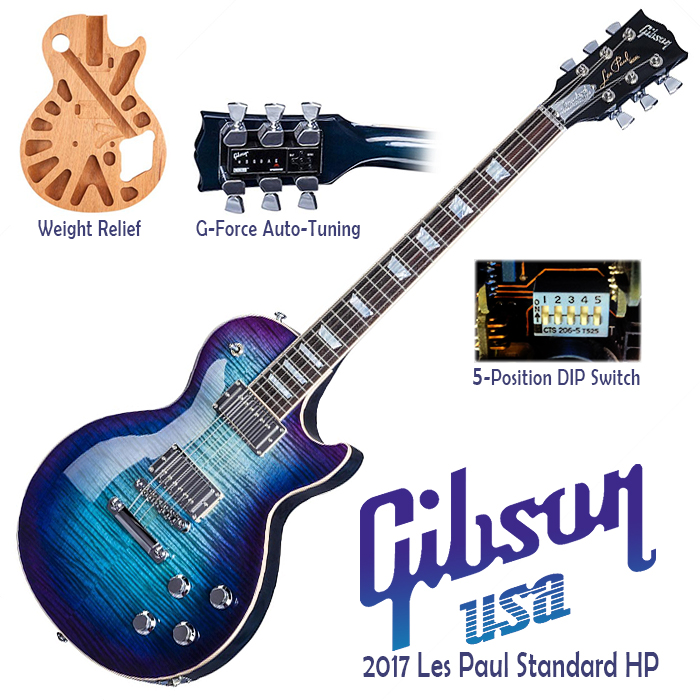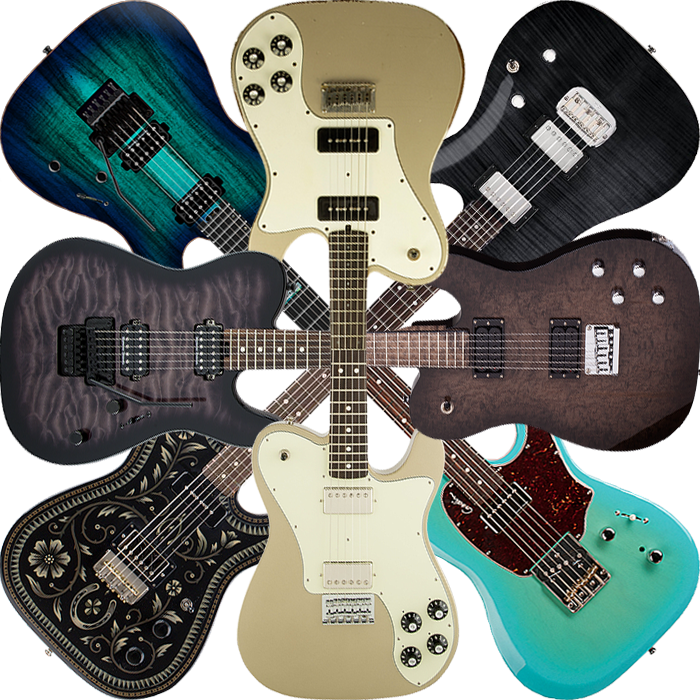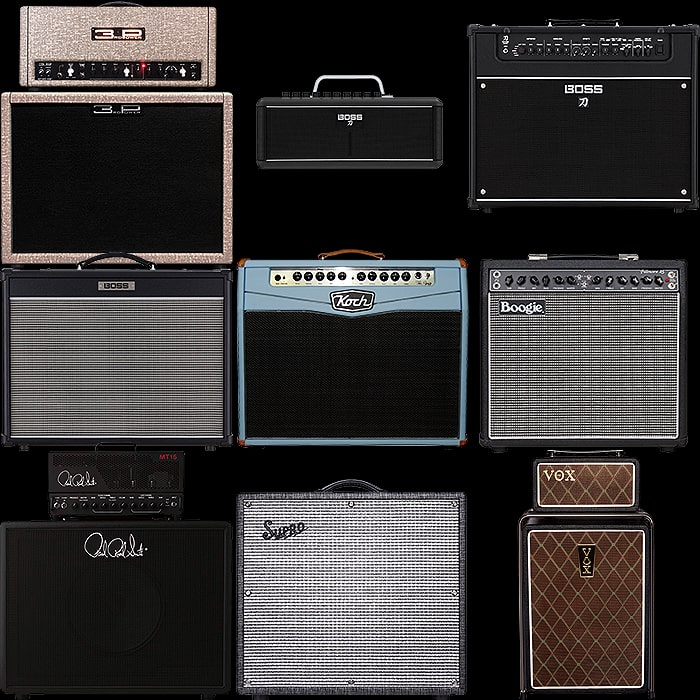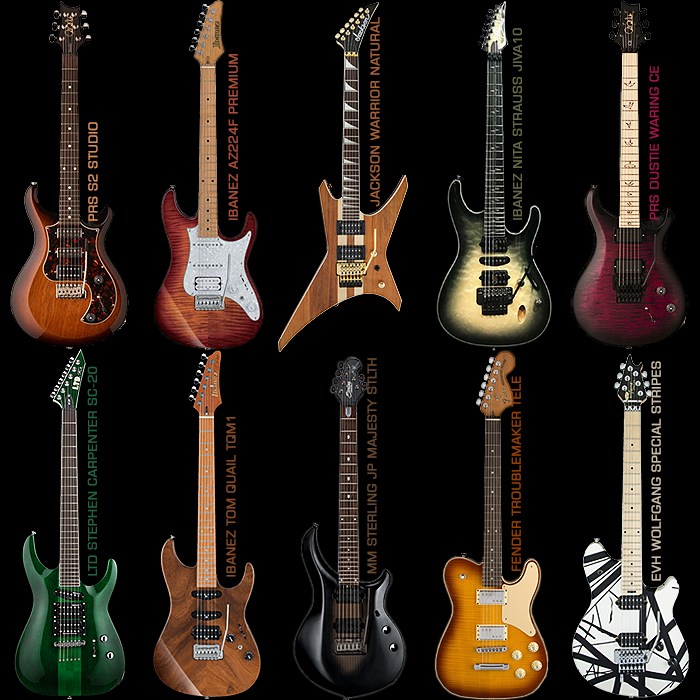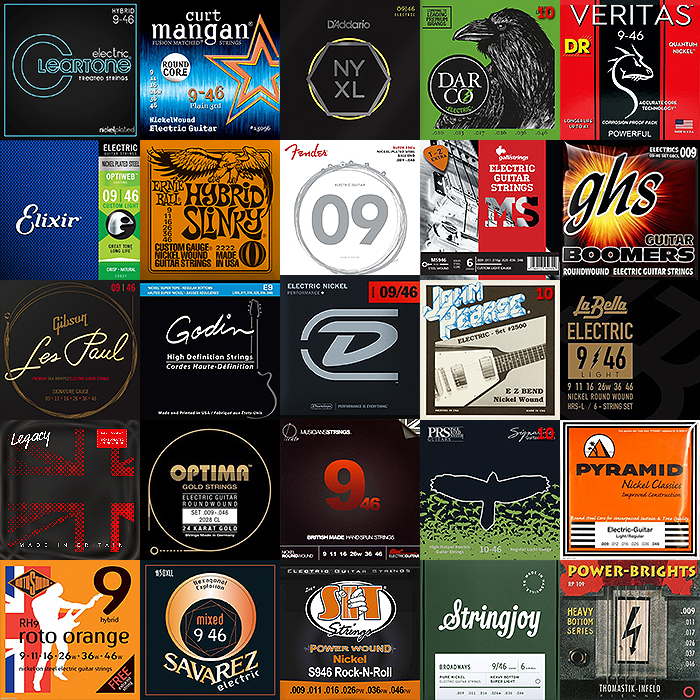The Shape of a Guitar's Headstock has a significant impact on Tuning Stability
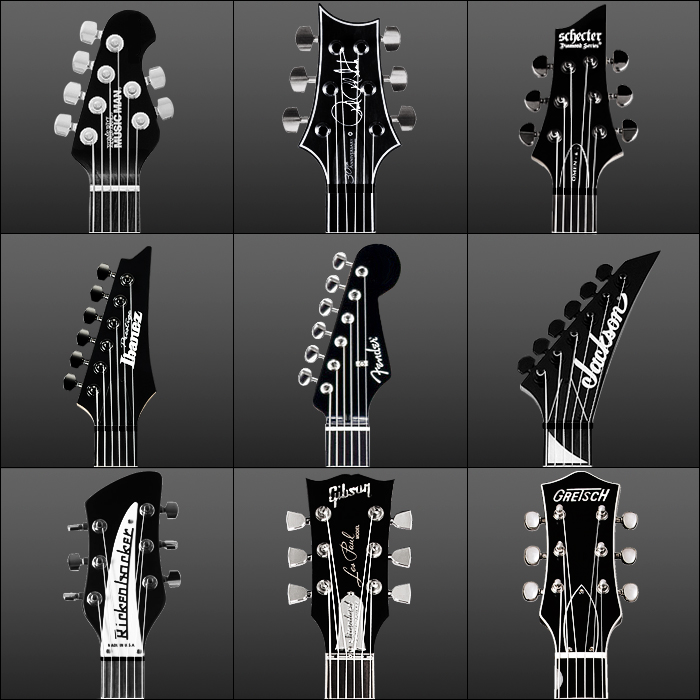
Note - follow up article [here]
Many a owner of a vintage guitar has experienced the difficulty of keeping the guitar in tune. There are a couple of factors here that are critical to tuning fidelity. Firstly, get over the hangup of having to use the original tuners - you really need locking tuners for any reasonable peace of mind. Locking tuners are available in a vast variety of shapes and types, including various vintage-inspired ones, so it should not prove to be problematic to find a near match that works well - not having to tune up 10 times a day should make it worth your while.
I have long held the view that all guitars should come with locking tuners - even those with Floyd Roses, as not only do locking machine heads maintain tuning for a lot longer - they make it 100% easier to re-string a guitar - so you’re getting dual benefits really. It is the first thing I look to replace when I get a guitar, along with Schaller strap locks.
In addition to the type of tuning pegs deployed, their alignment and layout on the headstock is equally critical for keeping a guitar in tune. The older guitars have essentially rectangular-shaped headstocks with the strings often running at fairly acute angles to and through the nut. For the nut to work optimally, the strings need to be able to glide in and out of the nut grooves effortlessly and without friction, which is why you really want the string running as perpendicular to the nut - or straight through the grooves. In the above visual you can see how for the Jackson, Rickenbacker, Gibson and Gretsch - the strings all enter their nut grooves at an angle. On Gibsons in particular, this leads to a common problem of sticking strings, which seriously impacts tuning fidelity.
For the older style guitars you need to deploy very hard-wearing and ideally self-lubricating graphite alloy nuts, as the strings will rub up against them more, and they need to be even more friction-less to ensure smooth glide-through of the strings. Every couple of years or so Gibson come up with a new and improved solution - currently in its latest titanium form (still not perfect!). But to be 100% sure with these types of headstocks you are best at employing a lubricant too, something like Big Bends Nut Sauce or Planet Waves LubriKit.
There is another less significant impact factor, and that is the distance or drop that the strings need to travel between tuners and nut. Guitars with tuning pegs all in one row (inline), often have to carry string trees or other physical guides to ensure that strings stay within their optimal lines of action. The very best headstock designs minimise the string drop by having the tuners closer to the nut. The best known examples of this are the 4+2 Music Man layout, and the 3+3 PRS layout. In effect you really need a tapered headstock of trapezoid or triangular shape. Schecter, Kiesel / Carvin, ESP, Jackson and many other manufacturers deploy variants of these shapes - even Gibson does it for its Flying V range.
PRS pretty much utilizes the same headstock shape throughout its range, as does Music Man with its own - both of these to ensure optimal tuning fidelity and ultimate performance at all times. People buy Gibsons for their classic tone and looks, but get lumbered with tuning problems. If you are a journeying musician without an army of techs at your beck and call, it probably makes sense to rely on a an instrument with a more modern headstock. Fender. Ibanez and other purveyors of inline headstocks are a significant step above the traditional brigade, but for the very best performance you need either a modern tapered 4+2 or 3+3 arrangement.
The above visual features some of the best known headstocks in declining order of tuning performance - i.e. best at the top - there is no significance to ranking in the left-to right axis. I just thought it would be nice to have the current big 3 down the central spine - PRS > Fender > Gibson ...
P.S. - I still love the look of the new 2017 Gibson Les Paul Standard HP - whose headstock is featured here! I will see next year if this becomes my next guitar, I am certainly up for the challenge. I like the sound of the G-Force Auto-Tuning, but I don’t like the fact that its tuners are not the locking type - meaning you have to rely on the imperfect system of wrapping strings around the post, so that even with automatic tuning, the fundamentals are somewhat flawed - and it takes longer to re-string etc. than a locking tuner. They really should have built-in a top-locking version like PRS’s tuning keys have, that would have worked rather well...











